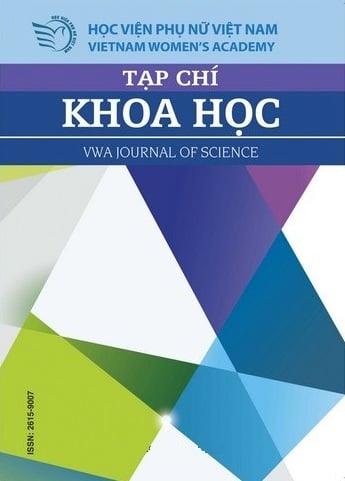[1] CIEM. (2009). Đặc điểm kinh tế nông thôn Việt Nam: Bằng chứng từ cuộc điều tra hộ gia đình nông thôn năm 2008 tại 12 tỉnh của Việt Nam. Hà Nội: Nxb Thống kê.
[2] Ngân hàng Phát triển Châu Á. (2007). Sổ tay đánh giá nghèo đói và thị trường có sự tham gia. Dự án nâng cao hiệu quả thị trường cho người nghèo. Hà Nội: Ngân hàng Thế giới.
[3] UNDP. (2012). Sáng kiến quản lý về giới và chính sách kinh tế ở Châu Á và Thái Bình Dương: Giới và đói nghèo. Nxb Trung tâm Vùng Châu Á - Thái Bình Dương, Bangkok, Thái Lan.
[4] Uỷ ban nhân dân xã Xuân Thu. (2019). Báo cáo tình hình kinh tế - xã hội xã Xuân Thu 6 tháng đầu năm 2019, xã Xuân Thu, huyện Sóc Sơn, thành phố Hà Nội.
[5] Cameron A.C and Trivedi P.K. (2005). Microeconometrics: Methods and Applications, New York: Cambridge University Press.
[6] Derpartment for International Development (DFID). (2001). Sustainable livelihoods guidance sheets. DFID Annual Report.
[7] Chambers R, Conway G.R. (1992), “Sustainable Rural Livelihoods: Practical Concepts for the 21st Century”, IDS Discussion Paper No 296, Brighton, UK: Institute of Development Studies. http://publications.iwmi. org/pdf/H_32821.pdf
[8] Ellis F. (2000). Rural livelihoods and Diversity in Developing countries. Oxford University Press, Oxford.
[9] Kollmair M, Gamper St. (2002), “The Sustainable Livelihoods Approach”, Input Paper for the Integrated Training Course of NCCR North-South Aeschiried, Development Study Group, University of Zurich (IP6).
[10] Scoones, I. (1998). “Sustainable Rural Livelihoods: A Framework for Analysis”, Working Paper 72. Brighton. UK: Institute of Development Studies, https://www.staff.ncl.ac.uk/david.harvey/AEF806/Sconnes1998.pdf
[11] Tuyen Q.T. (2013). Farmland Acquisition and Household Livelihoods in Hanoi’s Peri-urban areas. Ph.D. Thesis. The University of Waikato, Hamilton, New Zealand.
